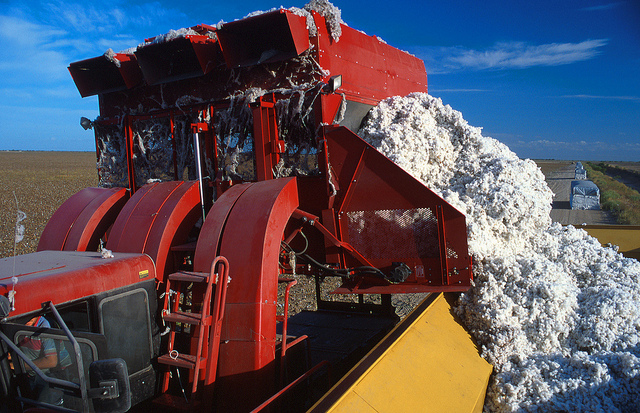The following post by IFPRI Senior Research Fellow David Orden is an excerpt of a story originally published on IFPRI’s Food Security Portal.
After more than three years of often tumultuous negotiations, the U.S. Congress has passed a new five-year Farm Bill: the Agricultural Act of 2014. The bill, which President Obama signed into law on February 7, reaffirms the government’s longstanding support to farmers through 2018.
In terms of the support programs, the new law offers several options farmers sought; as a result, farm operators will need to decide which programs to opt for, crop by crop, as program parameters and operational rules become clear. However, the complexity can be boiled down to a few basic points. Essentially, the new law eliminates about $4.5 billion annually in fixed direct payments to farmers; such payments have been made since 1996. In place of these payments, greater protection against low prices or declining revenue will be offered. This is a trade-off that farm producers largely accepted and promoted early in the farm bill debate. The new programs offer support that is less certain from year to year, but that provides more downside risk protection.







